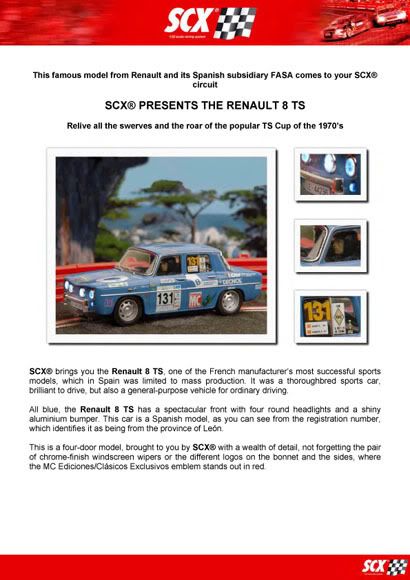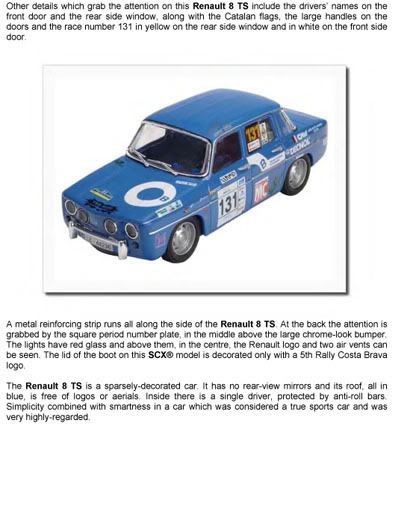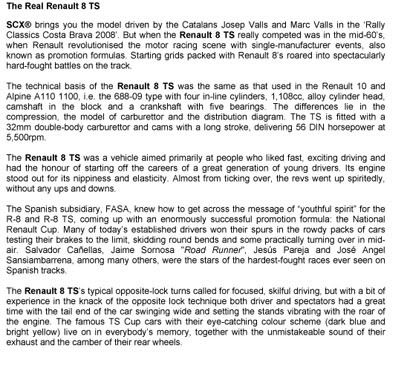
If the 2009 Infiniti G37 Convertible is the answer, the question, Alex, is, “What took them so long?”
Indeed, the first and last droptop Infiniti before the new G37 Convertible was the 1990-’92 Infiniti M30 Convertible, a rebadged Japanese-market Nissan Leopard without its roof. The current Infiniti G-series models inevitably indulge in sharing its “FM” platform with the Nissan Z-models, but with two decades of maturation at Infiniti the model line is more independent and the G-series not the stopgap the original Infiniti M-series was.
The subject 2009 Infiniti G37 models were designed from the outset to accommodate the convertible version. It’s not a conversion or chop-topped Coupe. But it’s also not a roadster, like the topless version its corporate cousin S-cars, but a convertible with a with a rear seat.

Never mind that it’s a bit snug back there, real adults will fit. The only way that will happen with a Z roadster is by putting the extra people on the rear deck like homecoming king and queen.
One of Infiniti’s goals, too, was to make the G37 Convertible “more female,” to attract a higher percentage of female buyers than the G-coupe traditionally has but without losing its masculine appeal. It’s a fine line because just like an old man will drive a young man’s car, but not vice versa, a guy won’t drive a “girl’s car.”
No worries with the 2009 Infiniti G37 Convertible. The immediate aspect of that dichotomy, appearance is sufficiently on the toasty side of Infiniti’s marketer’s machine-like/warmth continuum while still keeping to the avant garde margin of what Infiniti sees as differences between progressive and traditional. Boil that down and it becomes “inspired performance.”
We’ll buy that.


Designed to look good with top and down, the G37 succeeds, though probably better from a traditional sense, with the top up. Of course, “traditional” is not as noted what Infiniti’s designers had in mind. Everything from the A-pillar back—doors, flanks, rear (including taillight clusters) and of course rear deck differs from the coupe, the latter higher than the conventional convertible might have. It looks right, we think, for an Infiniti convertible, styled with its own bit of funk.
The G37 Convertible has the expected chassis reinforcements to compensate for the loss of its roof and has a new rear suspension, still independent, to make room for its retractable hardtop roof. Collapsing the roof under the trunk lid and tonneau takes about 30 seconds. The segments don’t fully nest, however, stowing in what Infiniti calls a “clamshell” configuration for, Infiniti says, more trunk room.
The official trunk volume numbers are 10.33 cu ft top up and a mere 1.99 cu ft top down, and what’s under the roof when its retracted is inaccessible, so those planning to go touring al fresco in the G37 Convertible ought best pack soft-sided luggage and be prepared to throw it in the back seat. As one Infiniti product planning chief put it, “there’s no pretence of a cross country drive in the back seat,” which for passengers is “not pretty but it’s acceptable.”


The Infiniti G37’s interior, however, is luscious, in Graphite, Wheat or Stone (that’s almost black, tan and gray for non-Infinitites), with combined with new G Convertible-exclusive Silk Obi Aluminum trim finish, inspired by a kimono sash, according to Infiniti designers. The seats are sport type with large bolsters for support—adjustable as an option—and the contours favoring the driver. Aluminum pedals and magnesium paddle shifters with the seven-speed automatic transmission are optional.
Optional for audiophiles is 13-speaker Bose Open audio with 24-bit Burr Brown DAC and AudioPilot 2.0 optimized for both top positions, Bose front seat speakers mounted in the headrests and Pod compatibility.
Infiniti’s standard dual-zone climate control automatically adjusts fan speed and air volume to whether the top is up or down and Plasmaclusterair purifier is optional. For true driving decadence, owners can have heated and cooled front seats, and that’s truly cooled, not just ventilated and with a fan. There’s also a rigid, foldable windblocker that clips over the rear seat and makes a huge difference in over-the-shoulder turbulence and cool-weather draftiness.


The 2009 Infiniti G37 Convertible can generate draftiness with its 3.7-liter dohc variable valve lift and timing V-6. Rated at 325 horsepower and 267 lb-ft of torque, the six is available with either the aforementioned computer-controlled (and down-shift blip producing) seven-speed automatic or six-speed manual transmission.
We had the opportunity to drive both, and Luddites that we are, we favored the manual just out of natural predisposition. However, if we were doomed to spend most of our driving in stop-and-go urban traffic, the automatic would be our choice and not a terrible burden with its easily-controlled and quick-responding automatic.
Thanks to the hardtop and sophisticated climate control options, driving top up would be more endurable in workaday driving as well). A major advantage of open air motoring, however, is the internal combustion symphony that goes with it and there the G37 delivers in spades, hearts, clubs and diamonds. Performance is vigorous as well, though we don’t have acceleration numbers to back that up (Fuel economy is 17 city/25 highway with the 7-speed automatic, one less than that with the manual gearbox).


We were surprised by cowl shake--the quivver often felt in convertibles on bumpy roads--in the G37 Convertible. It's subtle but still there and we hadn't expected any.
The Infiniti G37 Convertible isn’t a sports car or a roadster, however, and particularly with the base suspension, the car has a comfortable degree of understeer, best for the casual driver. A sport package replaces the 18-wheels with 19-inchers and wider wheels, bigger brakes, “sport-tuned” steering, front sport(ier) seats, and the pedals and paddle-shifters we’ve mentioned before. We drove the sport-equipped G37 but not in anger. We’ll have to wait until we can perhaps drive that model again, oh, sometimes in the summer, eh, Infiniti folks?


The G37 Convertible is also offered with a premium, navigation, technology and performance tire and wheel options, plus a standalone choice of a rich African rosewood interior trim.
Tardy shoppers have already missed the special limited-edition Bloomingdale edition. That specially-equipped Christmas gift special sold out almost immediately, even with only the promise of a price of about $60K. Depending on equipment, expect the regular 2009 Infiniti G37 Convertible to list in the mid-$40,000 to mid-$50,000 range.


Infiniti expects the 2009 G37 Convertible to sell to a slightly-older and modestly more female clientele than the Coupe, which wound up in the hands of late 40’s and predominantly male drivers. Despite the current unfavorable economic climate, Infiniti claims that a pent-up demand for a convertible G convertible will produce a worthwhile level of sales.
That’s perhaps whistling past the graveyard or a bit of smiling through their teeth for the assembled auto scribes, but who knows, maybe there are enough potential owners out there who will indeed ask Infiniti, “What took you so long?” In this particular game of Jeopardy, it’s certainly a worthwhile question for an answer that’s certainly worth driving.




































